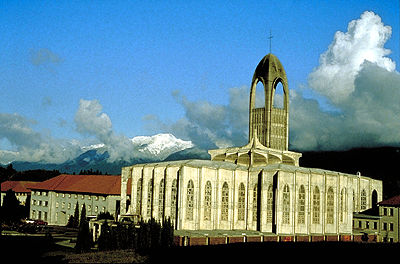Article
Miramichi
Miramichi, New Brunswick, incorporated as a city in 1995, population 17,537 (2016 census), 17,811 (2011 census). The City of Miramichi is in northeastern New Brunswick at the mouth of the Miramichi River, one of Canada's most famous salmon rivers.








